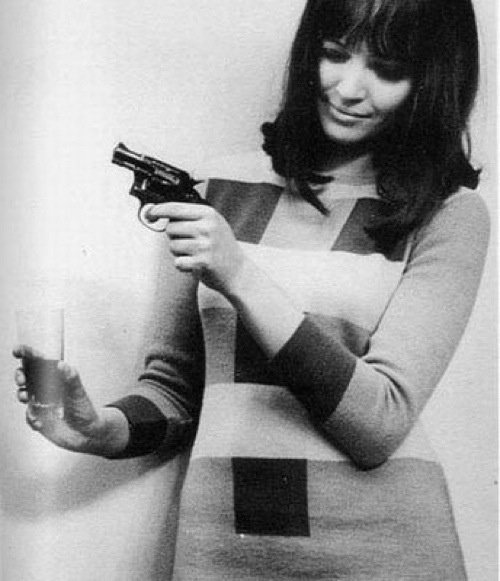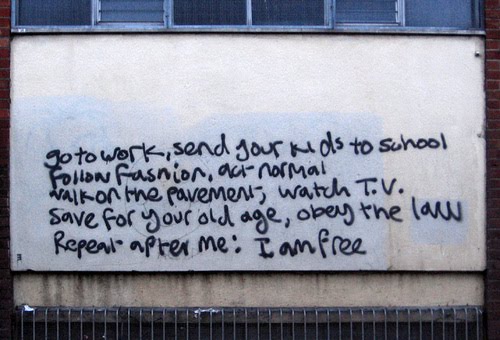Oh, the possibilities and failings of Pinterest. It could be a collective revelation, a cool-girl feminist extravaganza of history, fashion, culture, art, magic, icons, inspiration and aesthetic. It could be a desert-gemstone-vintage-ballerina-cosmic-wild west-delirious-vision quest whirlwind. But sometimes I worry it’s merely a regurgitation of culture, a platform where women advertise to themselves and each other. Is it possible to subvert some versions of Pinterest and strengthen the compelling ones? What is the value and impact of even the most ideal interpretations and participation?
For the non-pinners out there, Pinterest consists of virtual boards where users can “pin” and organize images (mostly gathered from the internet or other users). You can follow people and “re-pin” their images or add your own.
To simplify, there are two general approaches people seem to take with this endeavor of pinning. One approach is a curation of outfits, workouts, inspirational quotes, wedding plans, recipes, and décor that all add up to a dream life. There’s a distinct mix of aspiration and consumerism that could make even the savviest person wish they lived inside an Anthropologie catalogue. Pinterest notably sends a ton of traffic to retailers. The second approach is also curated, but with arguably more inventive and intriguing results. Instead of sorting potential purchases, this approach creates mood boards, personal collections, virtual scrapbooks, stories, experiments, and diaries. There are explorations of color, texture, personality, and atmosphere. There are boards documenting dreams, and nightmares, creating narratives, delving into language and image, and drawing connections through exploration and expression.

One fascinating aspect of Pinterest is the feminist/anti-feminist concerns surrounding it. The high percentage of female users (anywhere from 60% to 90% depending on your source) is often discussed as a curiosity to discredit the site, or phenomenon to remedy. Yet I find something of its power lies in that fact, in the prevalence of Clara Bow, Amelia Earhart, Frida Kahlo, Anna Karina, Gloria Anzaldua, and Angela Davis. Not to mention the range of interests and pursuits represented, from letterpress to Italian film to the Guerilla Girls to owning a business.

The feminist theories of dominance vs. difference line up with the contrasts inherent to Pinterest. We are either to critique that a patriarchal society and capitalist system created the context in which a site like Pinterest even exists, or we can argue that there’s power in a place where women’s voices seem to be manifesting so strongly, no matter the range and tone of content. The latter is an exciting idea, and perhaps the mere culling of images might have more impact than we imagine. In a culture where the male voice still counts as the universal and the female is the other, doesn’t Pinterest have some ground-breaking potential? If so, and I realize that’s likely an overstatement, how might we be using it differently? In his amazing book, The Alphabet Vs. The Goddess Leonard Shlain asserts that before the advent of the alphabet, women had real social and cultural power, and that it was the dominance of the image that celebrated holistic thinking, the right brain, intuition, creativity, and a host of other positive “feminine” qualities. While reading it, I couldn’t help but think of Pinterest.




